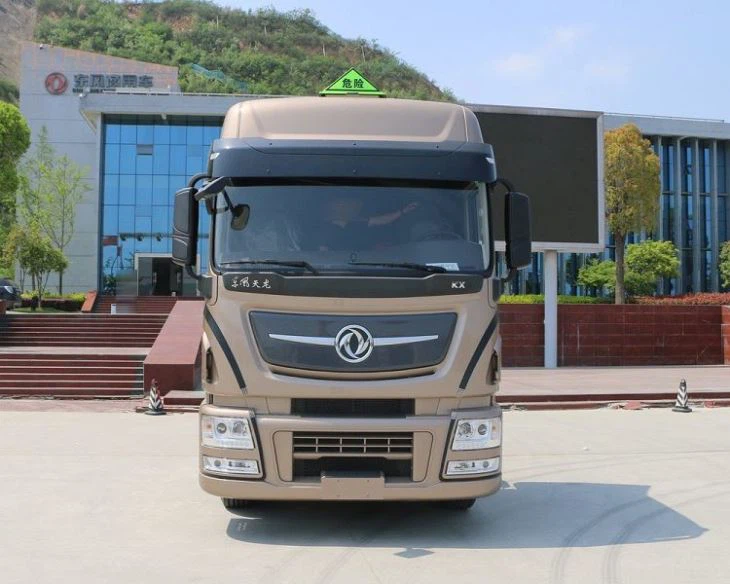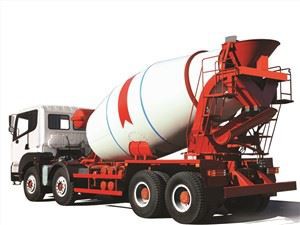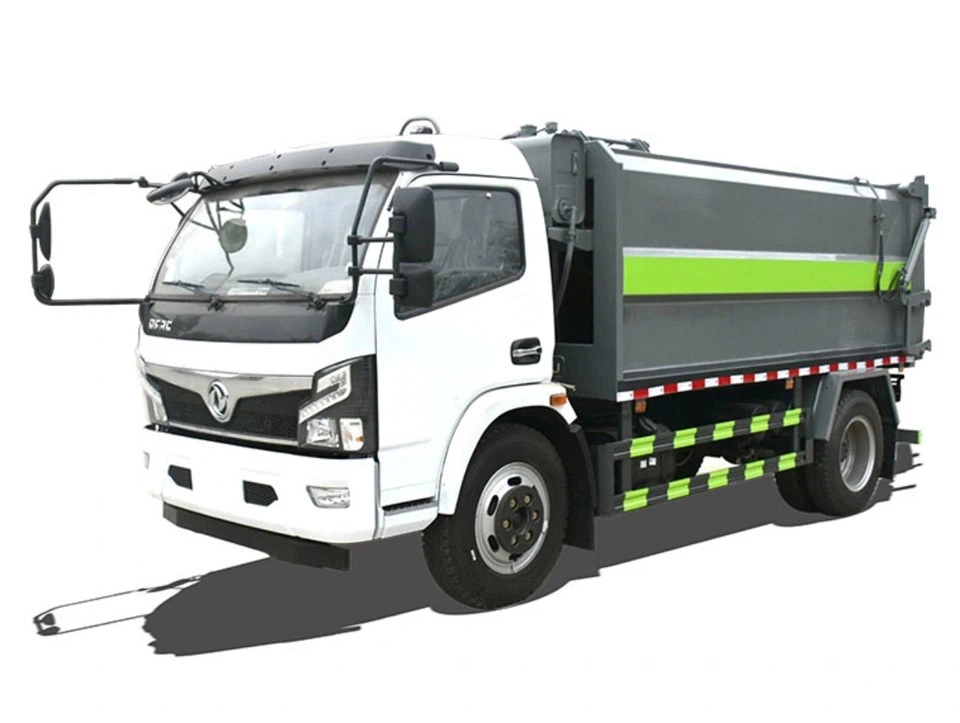Understanding Pickup Truck Cab Sizes: A Comprehensive Guide

Choosing the right pickup truck involves various considerations, one of which is the size of the cab. Whether you need extra room for passengers or space for your gear, understanding the different pickup truck cab sizes is crucial to making the right decision. This article will break down everything you need to know about pickup truck cab sizes, including definitions, and comparisons, and practical considerations for your buying decision.
What Are Pickup Truck Cab Sizes?
Pickup truck cab sizes refer to the different configurations available for the passenger compartment of the truck. The cab size affects not only passenger capacity but also overall vehicle length, interior space, and even functionality. Understanding cab sizes can help buyers find the best fit for their needs.
Types of Pickup Truck Cab Sizes
Regular Cab
Regular cabs are the smallest option available in pickup trucks. They typically have two doors and can seat up to three passengers. This cab type focuses primarily on functionality and storage, making it ideal for work-related tasks.
Features of Regular Cab
- Two doors for access
- Compact interior for easier maneuverability
- Maximum bed length for hauling capacity
Extended Cab
The extended cab, also known as the super cab or king cab, offers more space than a regular cab while still maintaining a similar size. It usually has two additional rear-hinged doors, allowing for easier access to the back seats.
Features of Extended Cab
- Additional seating configuration, typically for four to five passengers
- More interior space for storage and comfort
- Still retains a relatively compact bed length
Crew Cab
The crew cab is the largest cab size available in pickup trucks. It features four full-size doors and offers ample space for up to five or six passengers, making it an excellent choice for families or those who frequently carry more people.
Features of Crew Cab
- Full-size rear doors for easy access
- Spacious interior suitable for a family
- Shorter bed length compared to regular and extended cabs
Comparison Chart of Cab Sizes
| Cab Type | Doors | Passenger Capacity | Suitable For |
|---|---|---|---|
| Regular Cab | 2 | Up to 3 | Work use, minimal passengers |
| Extended Cab | 2 + 2 (half doors) | 4-5 | Occasional family use, extra storage |
| Crew Cab | 4 | 5-6 | Family use, frequent passenger transport |
Choosing the Right Cab Size for Your Needs
Factors to Consider
When selecting the right cab size for your pickup truck, several factors come into play:
- Passenger Needs: Consider how many people you regularly transport. If you usually travel with family or friends, a crew cab may be the best option.
- Storage Requirements: If your primary concern is hauling tools or equipment, a regular cab or extended cab may be more suitable due to their longer bed lengths.
- Usage: Think about how you will primarily use the truck. For daily commuting with the occasional work-related tasks, an extended or crew cab may provide the best balance.
- Parking and Maneuverability: Larger cabs are often more challenging to maneuver in tight spaces. Consider your driving environment when selecting a cab size.
Practical Examples of Cab Size Use Cases
Example 1: The Contractor
A contractor who requires tools and materials on site might prefer a regular cab for its maximum bed space. This configuration allows for more tools to be carried and easier access to loading and unloading.
Example 2: The Family
A family of four might benefit from a crew cab. The additional space ensures comfort, but the slightly shorter bed allows for enough room in tighter parking situations.
Example 3: The Weekend Warrior
An individual who participates in outdoor activities may find an extended cab suitable, as it offers a balance between passenger seating and cargo space.
Buying Tips for Pickup Trucks with Different Cab Sizes
Test Drive Multiple Options
Before committing to a specific cab size, it’s crucial to test drive multiple options to assess comfort and accessibility. Pay attention to how easy it is to enter and exit the cab, especially for rear seats in extended and crew cabs.
Consider Additional Features
Look for options that enhance comfort, such as adjustable seating, technology integrations like infotainment systems, and climate control settings. These features can make a significant difference in your daily driving experience.
Evaluate Bed Lengths
Assess the bed length along with the cab size. Sometimes the cab size will limit the bed length options, so ensure that you choose a combination that meets your hauling needs.
Research Resale Value
Different pickups may have varying resale values based on cab size. Research market trends to understand which configurations hold their value and may be more appealing to future buyers.
Popular Pickup Truck Models and Their Cab Sizes
Ford F-150
The Ford F-150 is known for its versatility. It offers regular, extended, and crew cab configurations, catering to a wide range of buyers, from contractors to families.
Chevrolet Silverado 1500
The Chevy Silverado 1500 also comes in multiple cab sizes, providing options for those who need rugged utility or family-friendly seating.
Ram 1500
The Ram 1500 stands out with its spacious crew cab option, making it a popular choice for those who prioritize comfort and passenger capacity.
Toyota Tundra
The Toyota Tundra provides robust choices between regular and crew cabs, focusing on both performance and passenger comfort.
Maintenance Considerations for Pickup Trucks with Various Cab Sizes
Cleaning and Care
Regardless of cab size, regular cleaning and maintenance are critical. For larger cabs, consider how easy it is to clean the rear seats and interior. Use appropriate cleaning products designed for upholstery and maintain any tech features to ensure longevity.

Wear and Tear
In trucks that frequently carry passengers, pay attention to wear and tear on flooring and seating. Using floor mats can protect the interior and prolong its lifespan.

Frequently Asked Questions (FAQ)
1. What is the best cab size for a family?

The best cab size for a family is typically the crew cab, as it provides ample seating and comfort for passengers along with sufficient storage space for gear.
2. Can a regular cab haul more than a crew cab?
Yes, regular cabs usually have a longer bed length, which enables them to haul more compared to crew cabs with shorter beds.
3. What factors should I consider when choosing a pickup truck cab size?
Consider passenger needs, storage requirements, intended usage, and parking or maneuverability challenges when choosing a pickup truck cab size.
4. Are extended cabs comfortable for long trips?
Extended cabs can be comfortable for short to medium trips, but for longer journeys, a crew cab is likely to offer more space and comfort for passengers.
5. How do cab sizes affect the truck’s resale value?
Cab sizes can affect resale value based on demand. Larger cab options, like crew cabs, may be more desirable in the used market for families, whereas regular cabs may appeal more to commercial buyers.
6. Is it worth buying a crew cab if I primarily need the truck for work?
This depends on your needs. If you occasionally transport passengers or value space for gear and comfort, a crew cab could be a good investment, despite being larger than a regular cab.
